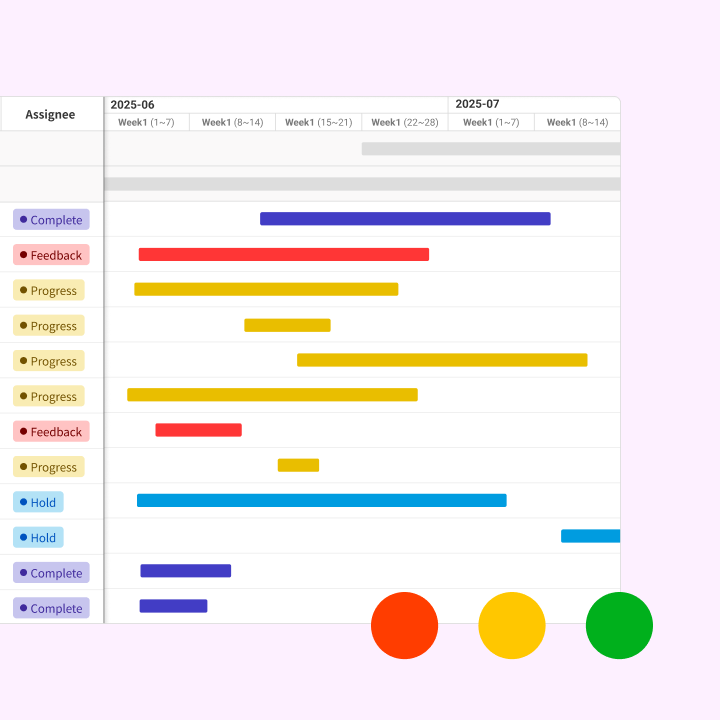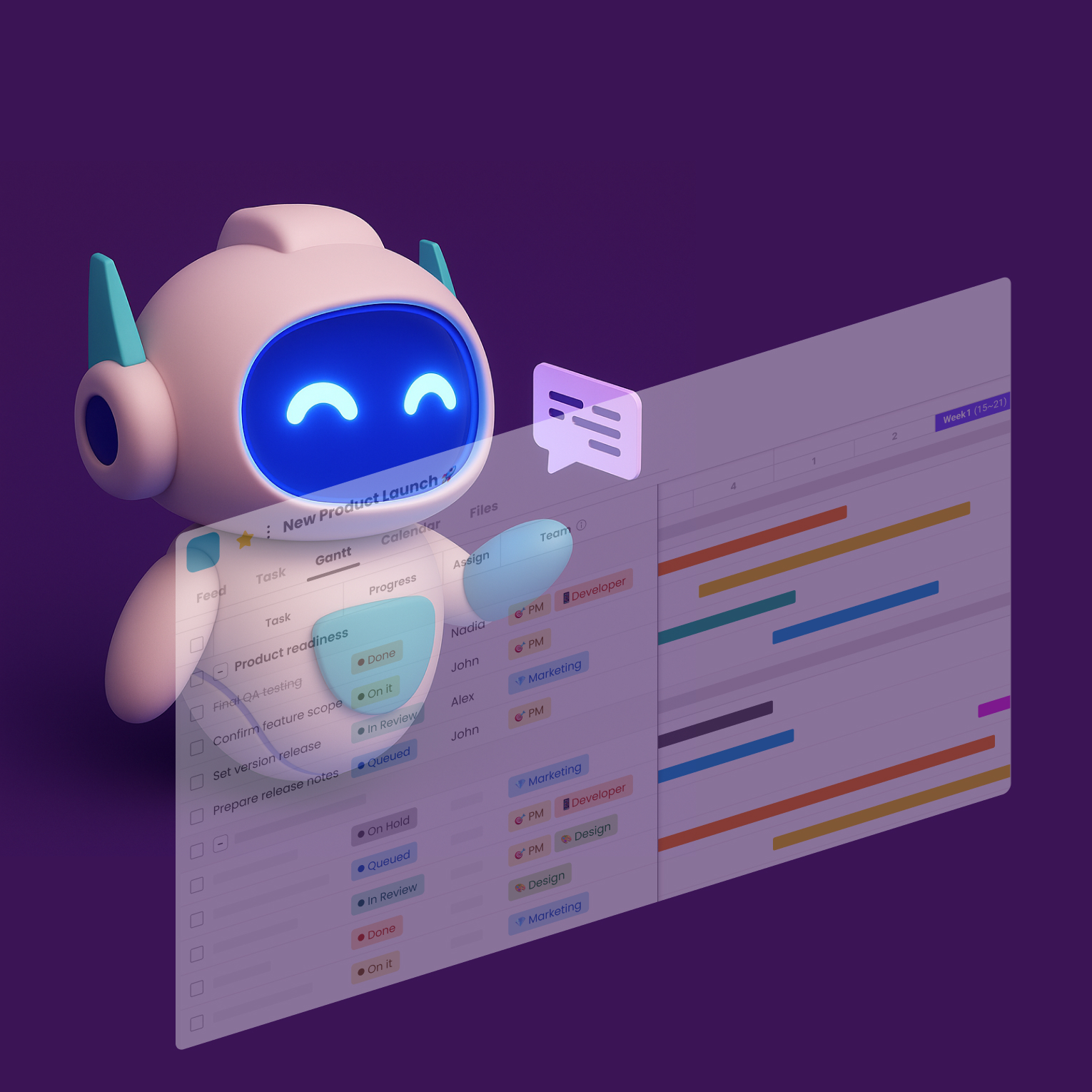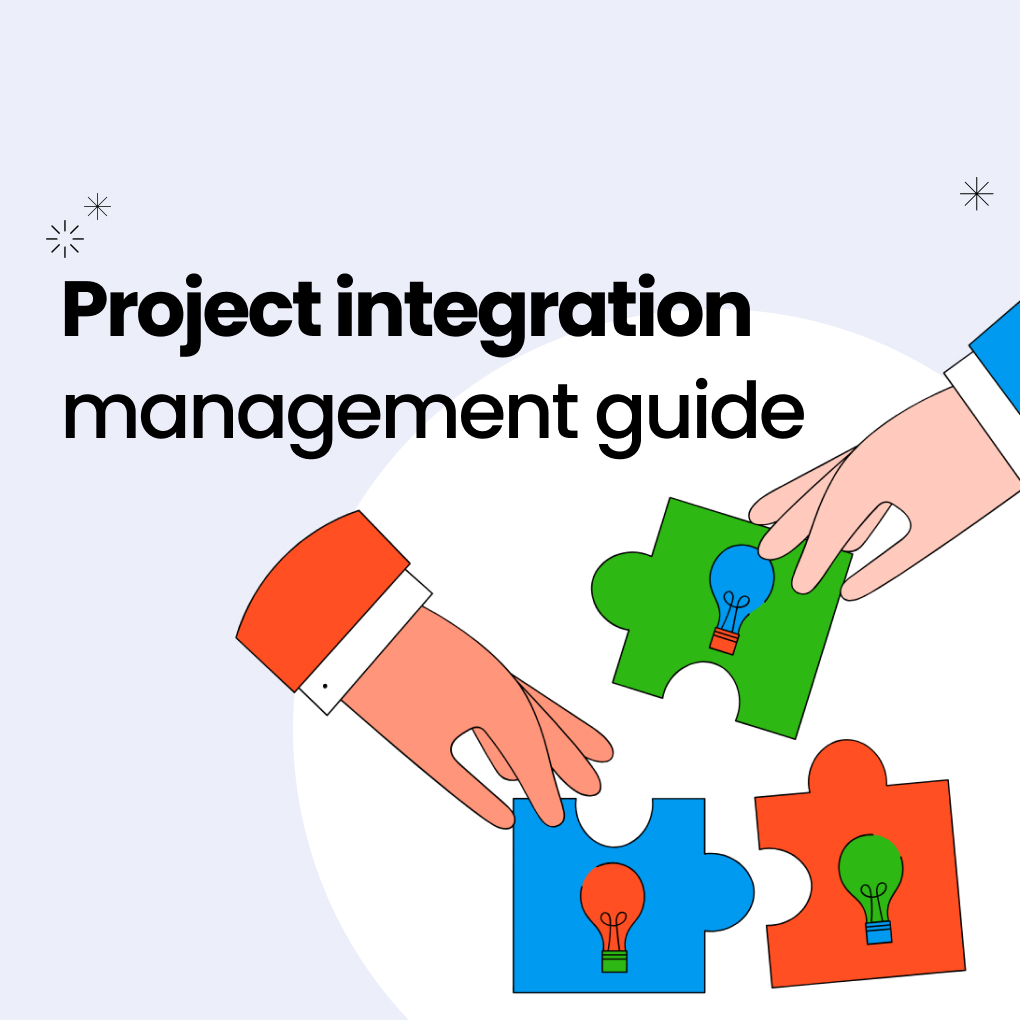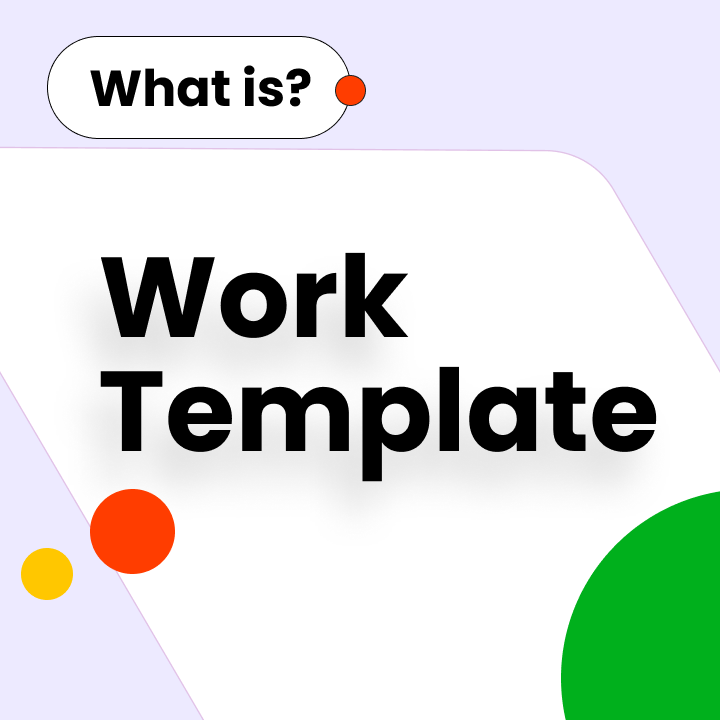A work plan is essentially a practical to-do list that you actively follow. It specifies what tasks need to be completed, who is responsible for each task, and when everything should be finished. A single page can prevent projects from spiraling out of control and ensures everyone is on the same page.
This guide provides straightforward steps for creating a clear and professional work plan. We include real-life examples and templates to save you time. The ultimate goal is to streamline planning, accelerate project completion, and provide a safety net for unexpected challenges.
What Is a Work Plan?
A work plan serves as a roadmap for completing a project. It outlines every task that needs to be accomplished, along with deadlines for each one. It also designates who is responsible for each assignment and lists any necessary tools or software, helping everyone stay organized and focused from start to finish.
Why Is a Work Plan Important?
A work plan acts as a helpful reminder to concentrate on the next steps. It breaks down a daunting project goal into manageable tasks, reducing stress. When tasks are documented, there are fewer surprises, and everyone can see the finish line, fostering a sense of progress.
Benefits for Teams and Organizations
Teams that adhere to a work plan always know who is in charge, who is assisting, and who is responsible for specific tasks. Morning check-ins become quick updates rather than chaotic emergencies. For larger organizations, a well-structured work plan can help manage budgets, identify potential issues early, and ensure everyone is aligned and working in sync.
Work Plan vs. Project Plan: Key Differences
A work plan is a straightforward to-do list focused on the current job. It includes short tasks, quick goals, and step-by-step instructions. Small teams or individual workers often prefer it for its simplicity. You can quickly glance at the page to see who is responsible for what and when.
In contrast, a project plan is more comprehensive, resembling a blueprint for a skyscraper. It includes budget details, risk assessments, resource allocations, and timelines. The work plan is a component of the project plan, akin to a chapter in a larger book. The project plan encompasses everything from the initial kickoff to the final celebration.
Types of Work Plans
Different types of work plans cater to various job requirements. The right format helps maintain focus and makes achieving goals feel more manageable. Whether you’re clocking in, leading a team, or launching a new business, finding the right fit can ease the workload.
Employee Work Plan
An employee work plan outlines individual responsibilities and deadlines. It highlights daily tasks, due dates, and small achievements. Typically, a manager or team leader creates this plan, but it primarily serves the employee’s needs.
Manager Work Plan
A manager’s work plan has a broader scope, setting goals for the entire team and assigning tasks accordingly. It includes charts, timelines, and quick check-in boxes to ensure nothing is overlooked. Regular reports and strategy meetings are also scheduled to keep everyone on track.
Business or Startup Work Plan
A startup work plan is the most adaptable. It outlines sales strategies, launch steps, and sometimes funding approaches. Entrepreneurs use it to keep their busy agendas focused on key objectives.
How to Create a Work Plan (7 Steps)
Creating an effective work plan is straightforward if you follow these basic steps. Breaking a large project into manageable tasks makes the process less intimidating. The final product clarifies who is responsible for what and when everything needs to be completed. Let’s walk through each step to help you build your own work plan:
1. Define Goals and Objectives
Start by identifying the ultimate goal you want to achieve. The goal represents the desired outcome, while the objectives outline the steps to get there. Use clear language to avoid confusion. For example, the main goal might be to complete the entire project, while an objective could be to finish one task each week.
Begin your work plan with clear, visible goals that everyone can reference later to assess progress. This alignment ensures that all tasks are in line with the organization’s current priorities. Make sure the goals are realistic, measurable, and easy to understand.
2. Outline Project Scope
The project scope defines what is included and excluded from the work. It clarifies the project’s size and the team’s responsibilities, helping to prevent misunderstandings. This is akin to establishing the rules before starting a game.
A well-defined scope makes it easier to plan tasks and manage time effectively. It also helps avoid unnecessary work that could waste resources. Collaborate with your team to ensure everyone understands the expectations. Keep the scope clear yet detailed enough to guide your efforts.
3. Identify Key Resources
Every work plan requires the right resources for smooth execution. These resources can include tools, personnel, finances, or materials. Knowing what you need in advance helps prevent delays and complications. Create a list of essential items that will support your work.
In your work plan, verify that the necessary resources are available and sufficient for each task. If something is lacking, you can plan to acquire it on time, reducing stress. Effective resource planning leads to better outcomes and fosters teamwork.
4. Assign Responsibilities and Roles
A solid work plan clearly outlines who is responsible for each task. Assigning ownership ensures that everyone knows their role, reducing confusion. When team members see their names next to specific tasks, they are more likely to focus and complete them.
Clearly listing responsibilities upfront minimizes delays caused by uncertainty. It also provides a reference point for tracking progress and offering feedback. Share the document with the entire team so everyone understands their expectations, keeping the project on track.
5. Establish a Timeline and Milestones
A clear timeline in your work plan outlines when each task should be completed. Milestones act as markers for key achievements, motivating the team to stay focused.
Consider using a calendar or chart to highlight important dates, making it easy to track progress and make adjustments as needed. A well-defined timeline helps manage expectations and reduces stress, as everyone knows what to expect. Thoughtful planning minimizes last-minute issues and ensures smoother progress.
6. Estimate Budget and Constraints
Budgeting in a work plan involves understanding your overall financial needs. It also requires identifying constraints such as time, tools, or personnel. A straightforward budget helps you stay within limits and avoid waste. By planning costs carefully, you can identify potential problems early.
Assign a dollar amount to each task in your plan. This way, you can see where the money is going and address any issues before they escalate. Knowing your budget prevents you from operating blindly and dealing with crises later. Treat your budget as a limited resource, not as disposable funds.
7. Monitor, Track, and Adjust
No work plan is set in stone; effective plans evolve as the project progresses. By keeping an eye on your metrics, you can identify successful strategies and eliminate ineffective ones. Regularly review your to-do list and make adjustments to ensure the plan reflects your true intentions. This keeps the plan relevant and prevents it from becoming outdated.
Simple tools like sticky notes and colored dots can be more effective than complex software for tracking tasks. Communicate with your teammates, address any issues, and keep moving forward. Adapting the schedule demonstrates your ability to manage changes while still achieving your goals. A flexible plan remains robust, even in uncertain circumstances.
Work Plan Example: Marketing Campaign
A practical example of a work plan is a straightforward marketing campaign for a new product. The goal is to reach a wider audience and boost sales. Tasks may include social media posts, email newsletters, and ad designs. The work plan specifies who is responsible for each task, when it should be completed, and how it will be executed.
This example also includes a timeline, a modest budget, and defined team roles. For instance, the designer creates visuals while the writer develops content. Weekly goals are established to monitor progress and make adjustments as necessary. This keeps the marketing team focused, organized, and on schedule.
Work Plan Template (Free Download)
A ready-to-use work plan template simplifies the planning process for any team or project. It includes sections for goals, tasks, roles, timelines, and more. You can customize it to meet the needs of employees, managers, or the business as a whole. Download these templates from Morningmate, a user-friendly team collaboration tool.
Tips for Writing an Effective Work Plan
An easy-to-read work plan helps the team stay on track. When the guide is clear, flexible, and goal-oriented, the team can reach its objectives more efficiently. Quick steps and regular check-ins provide the structure needed for success. Use the following tips to ensure your plan is effective:
Make It Clear and Actionable
Effective plans use straightforward language so everyone understands their tasks. Short sentences and direct instructions allow team members to jump in without hesitation. Break down large goals into manageable tasks and assign deadlines. The simpler the roadmap, the faster everyone can get to work.
Align With Stakeholders
A successful plan aligns with the expectations of clients or supervisors. Before finalizing the outline, engage with your team and ask plenty of questions. This initial discussion helps identify potential issues early and fosters buy-in. Team members who contribute to the plan are more likely to remain committed once the work begins.
Review and Iterate Often
The first draft is rarely the final version. Regularly review deadlines, adjust tasks, and add any overlooked items. Frequent check-ins keep you on course and help you avoid unexpected challenges. A flexible plan remains valuable when circumstances change.
Work Plan Tools to Consider (Optional Section)
Choosing the right tools can simplify your work plan management. These tools help you organize tasks, monitor progress, and enhance team collaboration. Instead of relying on paper or spreadsheets, you can centralize everything in one platform. Here are some effective tools that many teams use for improved planning:
ClickUp
ClickUp allows you to create and manage your work plan with clear steps and timelines. It features task lists, project goals, and time-tracking capabilities. You can easily assign tasks to team members and monitor their progress. ClickUp is adaptable for both small teams and larger organizations that require more detailed planning.
Trello
Trello employs boards and cards to make your work plan visual and straightforward. Each card can contain tasks, due dates, files, and comments. You can drag and drop cards to reflect progress, moving them from “To Do” to “Done.” Trello is ideal for teams that prefer quick updates and simple planning.
Morningmate
Morningmate is an intuitive tool that enables teams to create, share, and update their work plans effortlessly. It provides free templates, messaging, file sharing, and task tracking all in one place. Teams can comment on tasks and follow up on deadlines without switching between apps. Morningmate is excellent for maintaining smooth and organized projects.
Final Thoughts: Plan Smarter
A well-defined work plan keeps you focused, saves time, and enhances productivity. It breaks down large goals into manageable steps for your team to follow. With the right tools and strategies, creating an effective work plan becomes straightforward. Start planning smarter and complete your projects with less stress.
Boost Your Productivity with Morningmate: Start Planning Like a Pro Today
Morningmate simplifies the process of creating, sharing, and managing your work plan with your team. Utilize ready-made templates, engage in real-time chat, and keep tasks on track—all in one platform. It’s user-friendly, visual, and suitable for all types of teams. Begin your free trial of Morningmate today and experience the difference!




